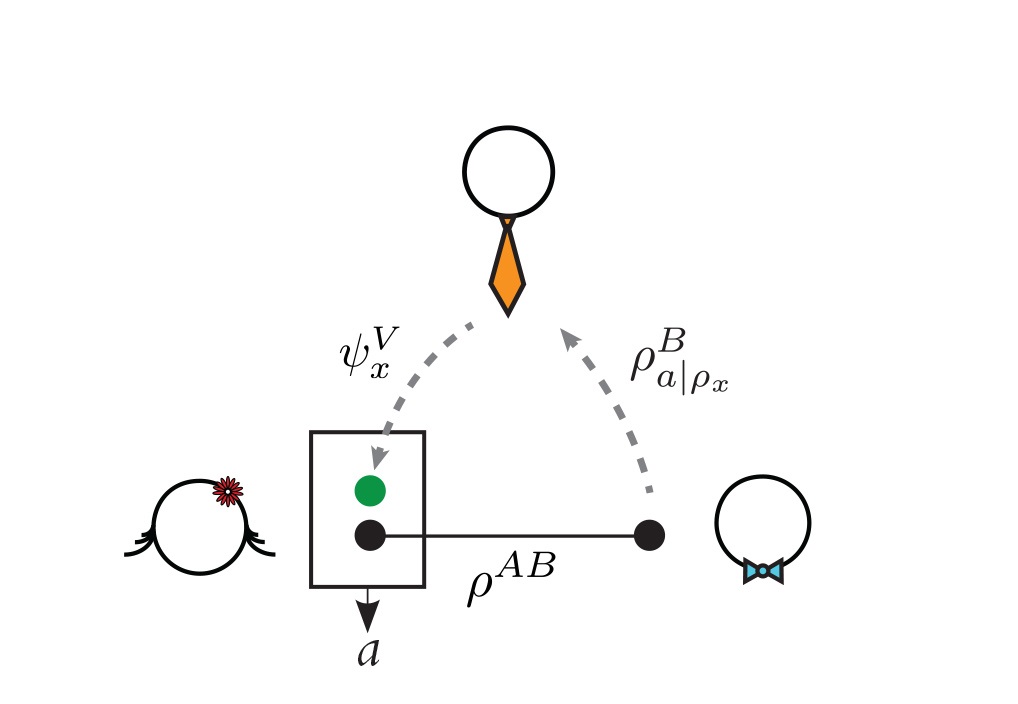13 September 2017
Quantum teleportation is a key ingredient in Quantum Information Science. It is one of the most striking demonstrations of the power of quantum mechanics for information processing, allowing for a real transmission of information of an unknown quantum state between two systems that are separated by a macroscopic distance. Besides it serves as a crucial element for the development of more advanced protocols such as cryptographic tasks, quantum repeaters, quantum computing, among others. Likewise, quantum teleportation has made a huge impact on the development of quantum information processing.
In order to have an effectively functional quantum teleportation protocol, two non-classical ingredients are necessary: the creation of entangled particles, and the capability of performing entangling measurement. The entangled particles serve as the quantum communication channel used to transmit the information, while the entangling measurements are used to transmit the quantum states.
The standard method for certifying quantum teleportation consists in comparing how similar sent and received quantum states are on average. This figure-of-merit, called the teleportation fidelity, is then compared with the fidelity parameter of a purely classical teleportation protocol (i.e. one that does not use quantum resources like entanglement). As seen, not all entangled states can be used for teleportation, in the sense that some entangled states can not reach a teleportation fidelity higher than some that can be obtained classically.
In a recent study published in Physical Review Letters ICFO researchers Daniel Cavalcanti and Ivan Supic, in collaboration with former ICFO researcher Paul Skrzypczyk (now at Univ. of Bristol), have proposed a new benchmark to quantify the performance of teleportation that uses the full information available in a teleportation experiment. They propose the idea of “non-classical teleportation witness” to certify whether the teleportation experiment is genuinely quantum and show a method to quantify this phenomenon. Using this new quantifying parameter, they prove that all entangled states can implement a quantum channel which cannot be reproduced classically.
The results of this study provide new techniques that can be immediately applied to certify the quality of quantum technologies and thus show to be a major step forward for reliable quantum communications.

Quantum Teleportation
A study by ICFO and Bristol Univ. propose a new benchmark.

Quantum Teleportation Scenario, where a non-classical teleportation witness can verify the quantum characteristic of the communication













